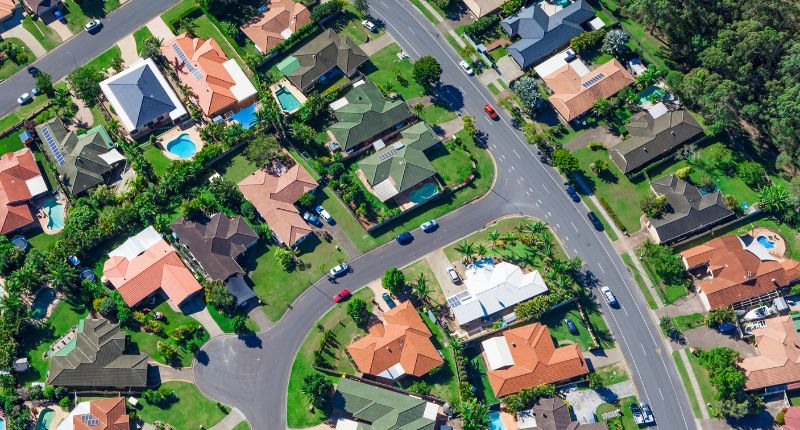- Housing undersupply is expected to continue for at least two more years.
- Three reforms have been suggested to ease the crisis.
- Five areas across the nation are facing severe housing shortages.
Housing supply pressures continue to put a strain on Australia’s real estate market, according to new research from InvestorKit.
This trend is expected to continue over the next two years in capital cities and regional areas, with rising construction costs, low planning efficiency, and unfavourable policies toward investors fuelling the challenges, said InvestorKit founder and head of research, Arjun Paliwal.
How the crisis can be eased
Paliwal said, “Australia’s housing supply crunch is impacting both the sales and rental market at a time when we are seeing growing demand due to rising migration, a decline in average household size, and a population concentration in Australia’s capitial cities.”
Paliwal added that fixing the supply issue was not only a matter of adding more housing stock, but also a strategy to have the country’s population distributed more evenly, improving the efficiency of the planning system, a fairer system to encourage stock mobility, increase the appeal to investors, and improve the diversity in housing and rental providers.
“That would take a long time to achieve,” he said.
“In the short term, housing prices in markets that are facing the most severe supply crunch are expected to keep their robust growth momentum.”
Policy reform needed
Paliwal called for three policy reforms to stanch the wound of housing undersupply.
Paliwal’s first suggestion was rental reform.
“Build to rent and social housing are key to relieving rental supply, and Australia is currently not friendly to either.
“While build to rent is a focus for the Labor government, it still faces a range of hurdles including an unfavourable tax system, extended development approval times, relatively low yields, and high construction costs,” he said.
“Likewise, despite a growing population, the availability of social housing has not risen to match.
“The government needs to urgently address these issues.”
Paliwal also suggested expediting land supply and planning approvals.
“Rezoning of city areas has become a focus of improving land supply,” said Paliwal.
“We are already seeing reforms, such as NSW’s Rezoning Pathways Program, but more is needed.”
Arjun Paliwal, InvestorKit
Finally, Paliwal said there needs to be an end to policies that discourage investors.
“Investor activity has been suppressed due to unfavourable policies, higher taxes and fees, and higher interest rates for investor loans,” he said.
“We need to end investor-discouraging fiscal policies that are hurting rental supply and worsening affordability. Investors are crucial to a healthy market.”
Areas feeling the crunch
Australia is facing supply issues across the board, but these areas in particular are under strain, according to InvestorKit’s research.
- Robina, Gold Coast, Queensland. Robina’s population increased by 15% in the 10 years to 2022, while the number of for sale listings decreaed by 45% over the same period of time. Vacancy rates have also been staying at jaw-droppingly low levels of below 1% for the past two years.
- Penrith, New South Wales. Penrith’s population grew by 24% in the decade leading up to 2022, and the number of for sale listings dropped by 22%. Vacancy rates have remained below 1% for the past two years.
- Brisbane’s Inner North. Brisbane’s Inner North population increased by 28% in the decade up to 2022, while the number of for sale listings declined by 31%. Vacancy rates have been staying at sub 1% levels for the past two years.
- Barossa, South Australia. Barossa’s population increased by 15% in the 10 years to 2022, while the number of for sale listings decreased by 42% over the same time period. Vacancy rates have stayed below 1% for the past two years.
- Bayswater, Bassendean Western Australia. Bayswater Bassendean’s population increased by 6% in the 10 years to 2022. The number of for sale listings didn’t change much, however, new supply declined. In the rental market, vacancy rates have remained below 1% over the past couple of years.








